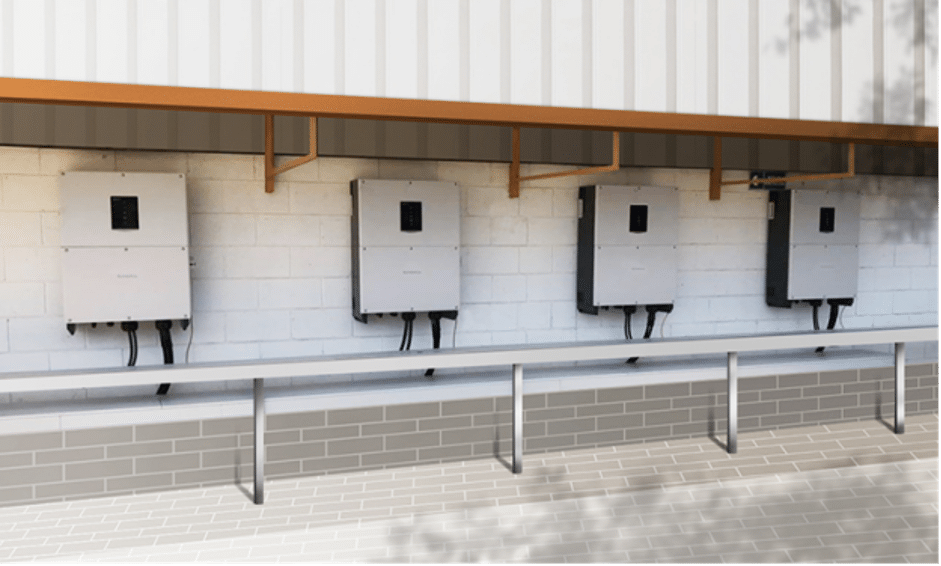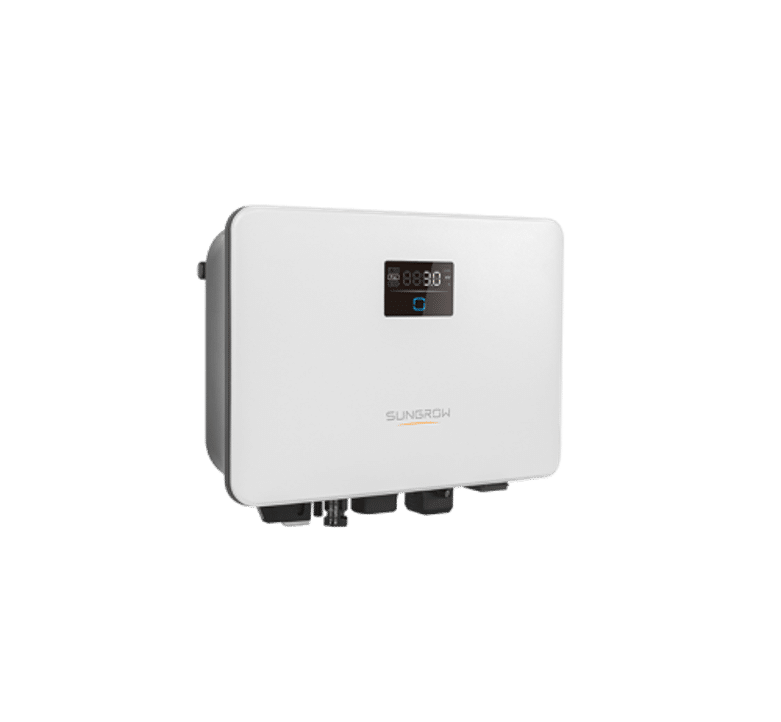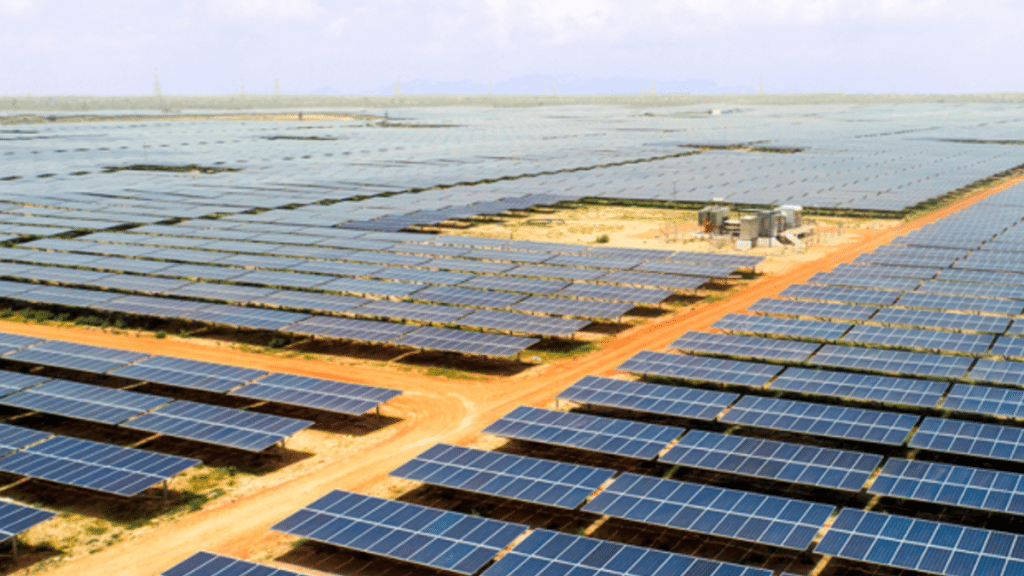Australia is one of the countries in the world that have fully embraced green energy. Its solar energy industry has expanded remarkably over the past few years as more businesses and households opt for solar installations.
In this large market, inverters play a very crucial role. They are the backbone of solar systems, converting direct current (DC) from the panels into usable alternating current (AC). String inverters, in particular, have surged the market for their abundance of benefits, as we shall in this guide.
Understanding String Inverters and Microinverters
When buying a solar system, one of the things one must consider is the inverter. There are several types, but string inverters and microinverters are at the top of the list of options. Understanding their difference can help you choose better.
1. Working Principle
String inverters are central inverters connected to multiple solar panels in series (in a string). They convert all the power generated by the string. On the other hand, microinverters are connected directly to each solar panel. In other words, each panel has microinverters. Thus, they convert energy at a panel level, not as a whole.
2. Respective Advantages
. String inverters
Most consumers choose string inverters because they offer more benefits than microinverters. First, they are more economical, thanks to their centralized nature, requiring fewer components. Also, they are more efficient when set up in optimal conditions.
. Microinverters
These inverters can enhance individual panel performance, minimizing wide losses from shading and solar mismatch. However, being installed at the panel level means they are more expensive. Another limitation is that they exhibit slightly lower overall performance under optimal conditions compared to string inverters.
Factors to Consider in Australian Solar Installations
Installing an efficient solar system in Australia goes beyond just finding the right inverter. Here are other factors you must keep in mind.

· Climate and Weather Conditions: Australia exhibits diverse climate demands. Therefore, you need a system that can withstand heat, humidity, and occasional extreme conditions. Always check with local solar experts for your specific location. String inverters perform better under different conditions. However, microinverters are more efficient under extreme conditions.
· Roof Space and Orientation: The layout of your roof will impact the choice of inverter and the entire solar system. With a large, slanted roof, you can install larger panels than a smaller one. Also, the direction of your roof determines the size of your system, considering shading and space. String inverters tend to take less space compared to them since you only need one to cover different panels.
· Shade and Obstructions: You cannot install your solar panels in a direction the sun blocks. Shaded panels significantly reduce the efficiency of your inverter. String inverters are more affected by shading than microinverters.
· Cost and Budget: The initial installation cost is among the main factors affecting solar installations in Australia. Thus, you must have a clear budget, including the cost of your solar inverter, before you invite expert installers. String inverters are more affordable compared to microinverters, and yet they offer the same performance.
· Maintenance Requirements: It’s better to install a system that’s not too demanding. For instance, using string inverters means lower maintenance needs compared to microinverters. This is part of your considerations.
With these tips in mind, you should have the ideal solar system to meet your power needs. It all comes down to efficiency, performance, and cost-effectiveness. String inverters are preferable for their versatility.
Comparison: String Inverters vs. Microinverters in the Australian Context
So, should you choose string inverters or microinverters? Here is a brief comparison.
· Performance in Different Conditions: String inverters are affected more by shading and mismatched panels. However, under optimum conditions, they offer better performance than microinverters.
· Efficiency and Energy Production: String inverters are considered more efficient under ideal conditions. Even though microinverters optimize individual panel performance, high-end string inverters tend to produce more energy by combining all the panels into one.
· Reliability and Longevity: String inverters are more reliable since they have fewer components. The longevity of microinverters is influenced by individual panel health.
If you must choose, we recommend going for string inverters. They tick all the right boxes. However, ensure you set your solar panels in the most optimal conditions.

Choose Sungrow’s String inverters for Australian Solar Installations
Sungrow is considered the number one inverter manufacturer in Australia. The company boasts over 26 years as a global solar systems manufacturer, standing in the first position for four consecutive years. It’s the only inverter supplier ranked 100% bankable, offering 99%+ in efficiency.
With that in mind, you can be sure Sungrow inverters will give you the best performance. And despite their high quality, durability, and efficiency, these inverters are very affordable. Besides, the company’s expert R and D team is always looking for better ways to improve customer experience.
Conclusion
String inverters are the best choice for Australian solar installations. They are straightforward, efficient, reliable, and durable, balancing performance and cost-effectiveness. And Sungrow is here to ensure you get the best of these inverters at the best prices.
